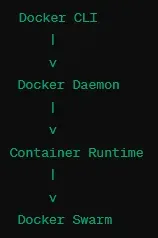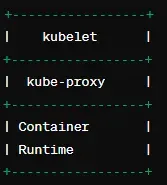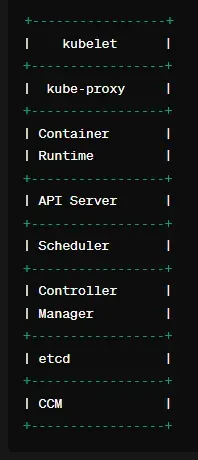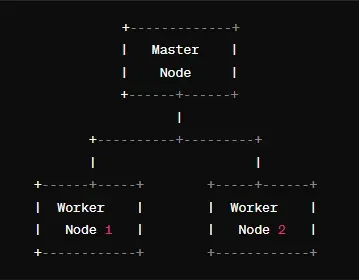Kubernetes Architecture components
Before delving into Kubernetes architecture, it’s essential to grasp the fundamentals of Docker.

The Docker Daemon manages containers through the Container Runtime.
Docker Swarm provides orchestration capabilities on top of Docker.
- kube-proxy
- container runtime

kubelet It ensures that containers are running as expected on the node.kube-proxy It manages network connectivity for services within the cluster.Container runtime It runs and manages containers on the node.

API Server: It exposes the Kubernetes API to the external world.
Scheduler: It schedules pods or resources within Kubernetes.
Controller Manager: It manages various tasks to ensure the smooth operation of the cluster.
Etcd: All Kubernetes information is stored as objects and key-value pairs within etcd.
CCM (Cloud Controller Manager): CCM interacts with the cloud provider’s APIs to manage cloud-specific resources such as load balancers, volumes, and networking, abstracting cloud-specific functionality from the core Kubernetes codebase to make Kubernetes more cloud-agnostic.

- The “Master Node” represents the control plane of the Kubernetes cluster, which includes components like API Server, Scheduler, Controller Manager, etcd, and others.
- The “Worker Nodes” are where the actual application workloads run. They host pods and containers and are managed by the control plane.
- The arrows represent communication between the master node and worker nodes, indicating that the master node manages and controls the worker nodes in the cluster
